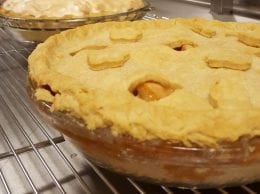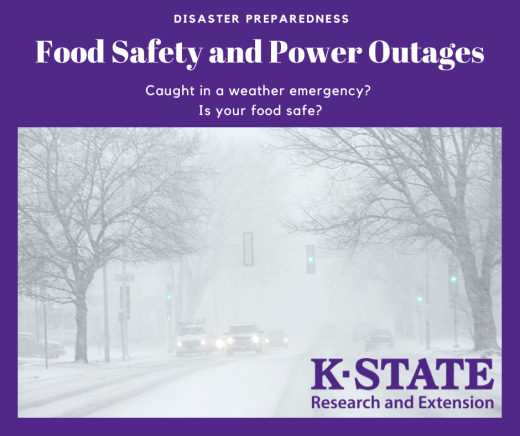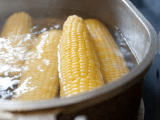 Packing lunches for school or work can be hectic in the morning, so planning ahead can save time and stress. One way to add convenience is by freezing sandwiches. But keep in mind, some sandwich items freeze better than others.
Packing lunches for school or work can be hectic in the morning, so planning ahead can save time and stress. One way to add convenience is by freezing sandwiches. But keep in mind, some sandwich items freeze better than others.
According to the University of Nebraska-Lincoln Extension, there are some benefits to freezing sandwiches:
- Save money by making your own “fast food” sandwiches for a sack lunch or meal at home.
- Save time by making several sandwiches at once.
- Utilize “leftovers” or cook extra at a meal for use in tasty and different ways at future meals.
- Control the type of bread (such as choosing a whole grain bread), type of filling and spread (amount, salt, fat and so forth) by being in charge of the ingredients.
- Enjoy a wholesome, homemade sandwich as part of an inexpensive, quick meal!
Common sandwich fillings that DO freeze well include:
- Peanut butter and other nut butters
- Canned tuna and salmon
- Cooked roast beef, chicken and turkey (especially tasty when the meat is finely chopped and mixed with a “salad dressing,” to add flavor and moistness.)
- Natural or processed hard and semi-hard cheeses, such as Swiss, Cheddar. NOTE: As frozen cheese may crumble more after thawing, you may be more satisfied with the result if you grate it before freezing it in sandwiches.
Common sandwich fillings that DO NOT freeze well include:
- Hard-cooked egg whites (freezing toughens them).
- Jelly or jam (soaks into bread and makes it soggy).
- Tomatoes, lettuce, pickles, onions, etc. become limp when thawed; they can be added to thawed sandwiches just before eating them.
IMPORTANT: “Salad dressings,” such as Miracle Whip, work better as a binder in sandwiches than mayonnaise. Mayonnaise tends to separate on thawing. So, experiment to see how you like the result before making a freezer full of sandwiches.
Learn more about freezing sandwiches, including recipe ideas, from Freezing Sandwiches – University of Nebraska-Lincoln.


 Recent cold weather has created challenges for all of us. Power outages can lead to many problems. If you have canned foods, either home canned or commercially canned, in a storage location that froze, what can you do?
Recent cold weather has created challenges for all of us. Power outages can lead to many problems. If you have canned foods, either home canned or commercially canned, in a storage location that froze, what can you do?



